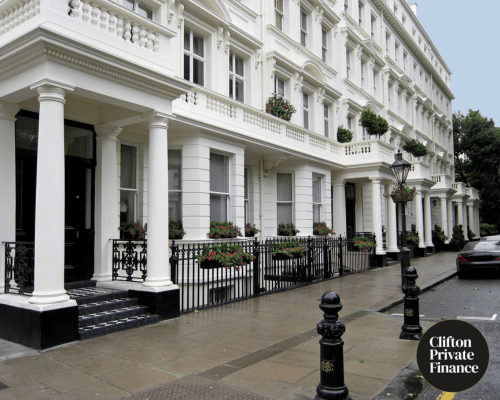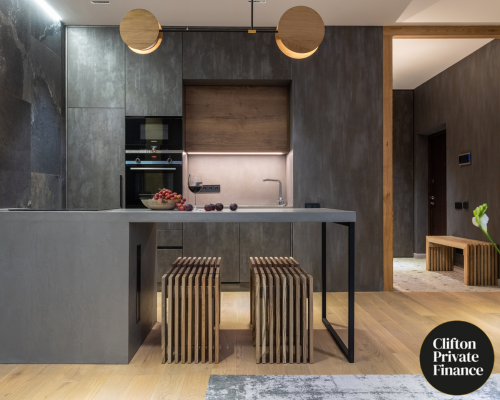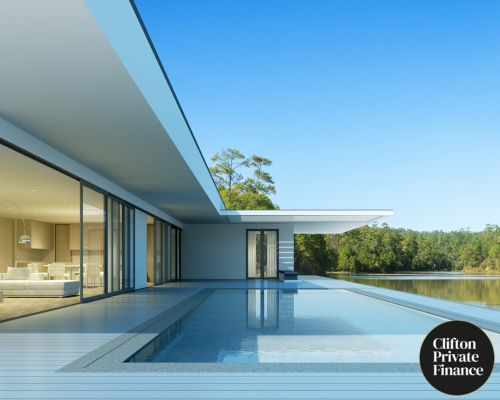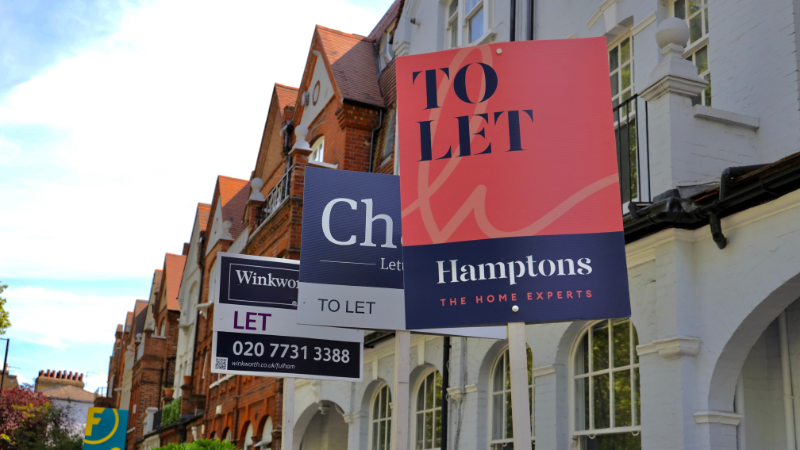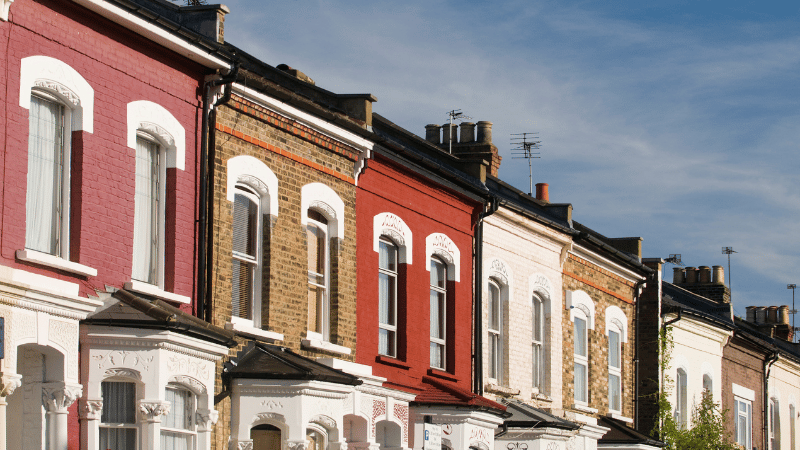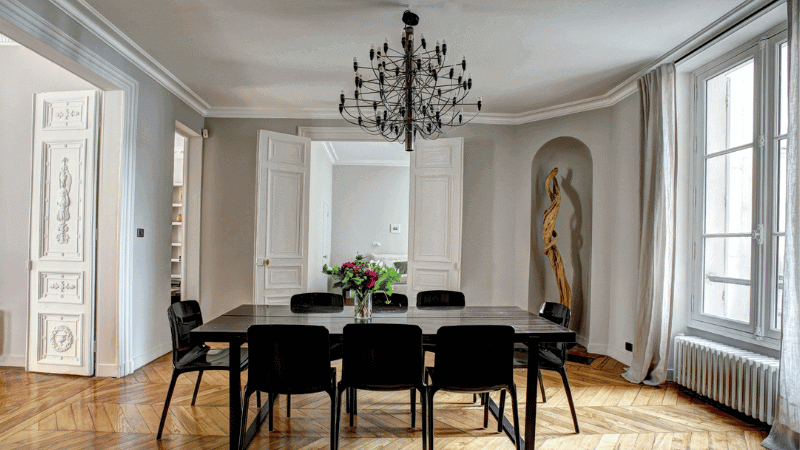Categories
Home Improvement Loans - The 7 Best Options
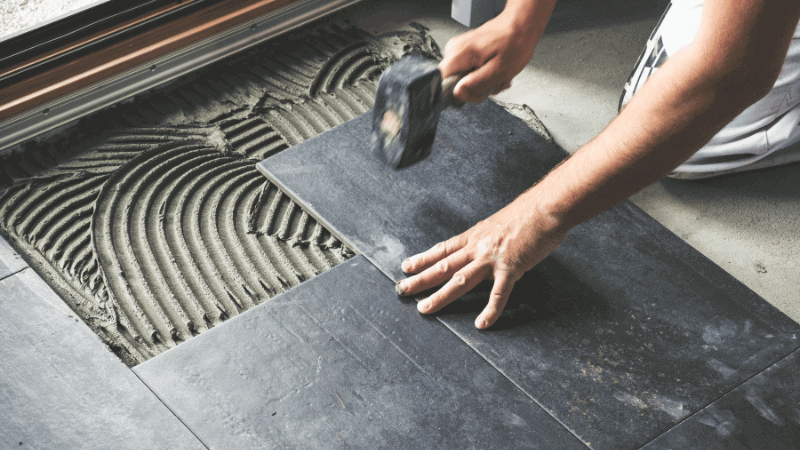
You’re looking to refurbish your property, but you need funding. Here are the seven best home improvement loans for your next project.
The time has come for you to redecorate. Whether you’re a homeowner tired of looking at an old kitchen or a landlord replacing a leaky tap, making improvements to your property may not be cheap. However, keeping your property well-maintained can boost the rental appeal and make it more attractive to buyers.
You may even be able to increase your property’s value with certain refurbishments. And, of course, renovating your home to suit your personal taste can undoubtedly aid your well-being.
Whether you’re a landlord or a residential homeowner, there are options to help you fund your property refurbishments – we'll walk you through the various finance solutions and the key benefits of refurbishing your property.
Related: Home Improvements That Add the Most Value
Skip to:
What Are the Best Home Improvement Loans?
Home Improvement Loan Calculator
Home Improvements to Save Money (with data)
I'm a Landlord - Will I See ROI?
What Improvements Add the Most Rental Value
How Often Should You Refurbish Your Property?
How to Get a Home Improvement Loan
What Are the Best Home Improvement Loans?
The seven main ways to finance property refurbishments are:
1. Using Your Savings
If you have substantial savings, using them to improve your property can be prudent because it means you won’t have to take on any additional debt.
2. Remortgaging
As you pay off your mortgage over time, you build equity in your home. You can take out a new mortgage to access that equity and use the funds to refurbish your home.
3. Equity Release (for over 55s)
Equity release is a financial product that allows homeowners, typically those aged 55 and older, to access the equity tied up in their property without selling it. The two main equity release schemes for individuals over 55 are lifetime mortgages and home reversion plans.
4. Second charge mortgages (including HELOC loans)
You can also use the equity in your property as security for an additional loan. This type of mortgage is a secondary loan that is separate from your primary mortgage. A HELOC is a revolving line of credit secured against the value of your home.
5. Bridging finance
Bridging loans are designed to provide quick access to funds. It can be used to secure funds for renovation or construction projects quickly. Refurbishment bridging loans are typically repaid within a year, which can make them suitable for renovating investment properties, such as property flipping or renovating a buy-to-let.
See similar: How to Get a Bridging Loan to Buy, Refurbish & Sell a House
6. Credit card
Using a credit card to fund home improvements can be convenient, especially for smaller projects or when you need quick access to funds. Whether this is a suitable option depends on the home improvements you want to make, your credit card limit, and your arrangement with your credit card provider.
7. Personal loan
Personal loans are popular options for home improvements because they don’t require collateral and are usually quick and easy to apply for. Personal loan providers typically offer a certain level of flexibility surrounding the purposes of the loan, which many find advantageous as well.
Like credit cards, personal loans can come with elevated interest rates, so it’s worth doing your research and exploring your options.
Home Improvement Loan Calculator
Want to know how much a home improvement loan could cost? Use our calculator below to get an indicative quote of the interest rates associated with your home improvement loan.
Best Home Improvements to Save Money
Investing in more energy-efficient solutions for your home is one of the best ways to save money on bills. Homeownership has many advantages, such as building equity and the freedom to make a home your own without the say of a landlord. But as a homeowner, you're subject to many expenses that can be financially overwhelming.
Switching to more energy-efficient solutions can save you money in the long run, and modernising your home with the most energy-efficient solutions can increase your property’s value if you plan on selling.
Below is a table of the best home improvements if you’re looking to save money on energy bills:
|
Home Improvement |
Average initial cost |
Average energy bill savings (£/year) |
Average payback period (years) |
|
Switching incandescent bulbs to LEDs |
£5.00 |
£8.50 |
0.8 |
|
Switching halogen bulbs to LEDs |
£5.00 |
£4.50 |
1.2 |
|
Roof insulation (adding 270mm loft insulation) |
£1,052.50 |
£348.75 |
3.2 |
|
Cavity wall insulation |
£2,380.00 |
£255.00 |
9.2 |
|
Gas boiler replacement (switch to A-rated) |
£3,700.00 |
£251.00 |
18.9 |
|
Double window glazing (A++ rated) |
£4,395.00 |
£180.00 |
24.5 |
|
Roof insulation (changing 120mm loft insulation to 270mm) |
£837.50 |
£32.50 |
26.5 |
|
Double window glazing (A-rated) |
£4,395.00 |
£165.00 |
26.7 |
|
Oil boiler replacement (switch to A-rated) |
£5,500.00 |
£250.25 |
30.7 |
I’m a Landlord – Will I See Any Returns on These Investments?
One key benefit of refurbishing your buy-to-let is higher rental income. If you increase the value of your property, you can typically charge higher rent, which will be a pretty immediate return on your investment.
Additionally, if you’re doing larger renovations, such as adding another bedroom, you may be able to charge significantly more.
If you’re planning to refurbish a buy-to-let, it's important to consider the market value and your potential tenants. It’s likely a well-looked-after property that tenants can picture themselves making a home in, as opposed to a property with an extension.
To get an idea of what improvements are likely to offer the highest returns, think about:
-
What improvements are the most cost-efficient
-
What improvements are needed
-
What will improve the tenants’ quality of life
-
How you can improve the space visually
-
Your overall budget
What Home Improvements Add the Most Rental Value?
When making improvements to a rental property, it can help to consider how you can improve the property using the budget you have available and the quality of life for any tenants living there.
Making your property more energy efficient (this serves to modernise it and means that tenants pay less energy bills), upgrading the kitchen or bathroom, installing smart technology, and adding an extension can all increase a property’s value.
Modernising your property is a key factor in increasing its value. Investing in new features not only improves the condition of the property overall, but contemporary-looking homes with practical features are more attractive to renters and potential buyers.
Loft Conversion
One of the most significant advantages of a loft conversion is creating additional living space within the existing property. This can include bedrooms, home offices, or recreational areas. The increase in usable square footage enhances the property's functionality and appeal.
Energy-Efficient Features
Installing energy-efficient windows, doors, and appliances reduces utility costs and can increase your home's value. Buyers are often attracted to properties with lower ongoing expenses. Integrating smart home features like programmable thermostats, security systems, and smart lighting can make your home more appealing to tech-savvy buyers.
Kitchen Renovations
Upgrading the kitchen can significantly increase a home's value. Focus on modern appliances, quality countertops, and updated cabinetry.
Bathroom Remodel
A well-designed and updated bathroom can be a strong selling point. Consider features like new fixtures, tile work, and energy-efficient upgrades.
Making Use of the Space
Heavy refurbishments, such as removing or adding walls, can drastically change the feel of your property. You could remove a wall to make an open-plan space or add walls to add bedroom or bathroom. An extension could have a positive effect on your property’s value. Heavy refurbishments like this will typically require planning permission.
New Flooring
High-quality and durable flooring, such as hardwood or tile, can boost rental appeal. You could also replace worn-out carpets with easy-to-maintain flooring.
Updated Curb Appeal
First impressions matter. Enhance the exterior of your property with landscaping, a well-maintained lawn, and perhaps a new coat of paint. A visually appealing exterior can attract potential buyers.
How Often Should You Refurbish Your Property?
The answer will depend on your lifestyle and whether the property is your home or a buy-to-let.
The answer is, of course, as often as you want. But it’s important to remember that a well-maintained property is less likely to decline in value, and keeping your property up-to-date and well-looked-after will take a weight off your shoulders if you decide to sell.
If you’re a landlord, it’s important to consider the overall demand for rental properties in the area. In the UK, rentals are especially sought after in most areas, but they vary. In some areas, you may have renters fighting over your property, no matter what condition it’s in, but in some areas in the UK, you may have to work a bit harder to find the right tenant.
It’s also worth noting that well-maintained properties may be more likely to retain tenants, meaning you’ll have guaranteed rental income for a longer period in between tenancies.
It’s recommended that you freshen up your property every 5 – 10 years. This may include smaller improvements, such as replacing carpets and mattresses, or larger renovations, like kitchen or bathroom renovations.
How often should I replace my...
Mattress – Every 8 years
Furniture – Every 10 – 20 years
Carpets – 5 – 15 years (depending on quality)
Roof tiles – 50 years
Boiler – 15 years
Repaint walls – 3 – 5 years
Remodel Kitchen – 20 years (Depending on your personal preference or if there’s significant wear and tear impacting usability)
How to Get a Home Improvement Loan
At Clifton Private Finance, we have relationships with high street, private and specialist lenders. This offers us access to bespoke finance solutions and the best rates on the market.
Our dedicated team can guide you through the process, liaise with lenders and offer tailored advice regarding your home improvement loan.
To get an idea of your options, call us at 0117 959 5094 or book a consultation below.

